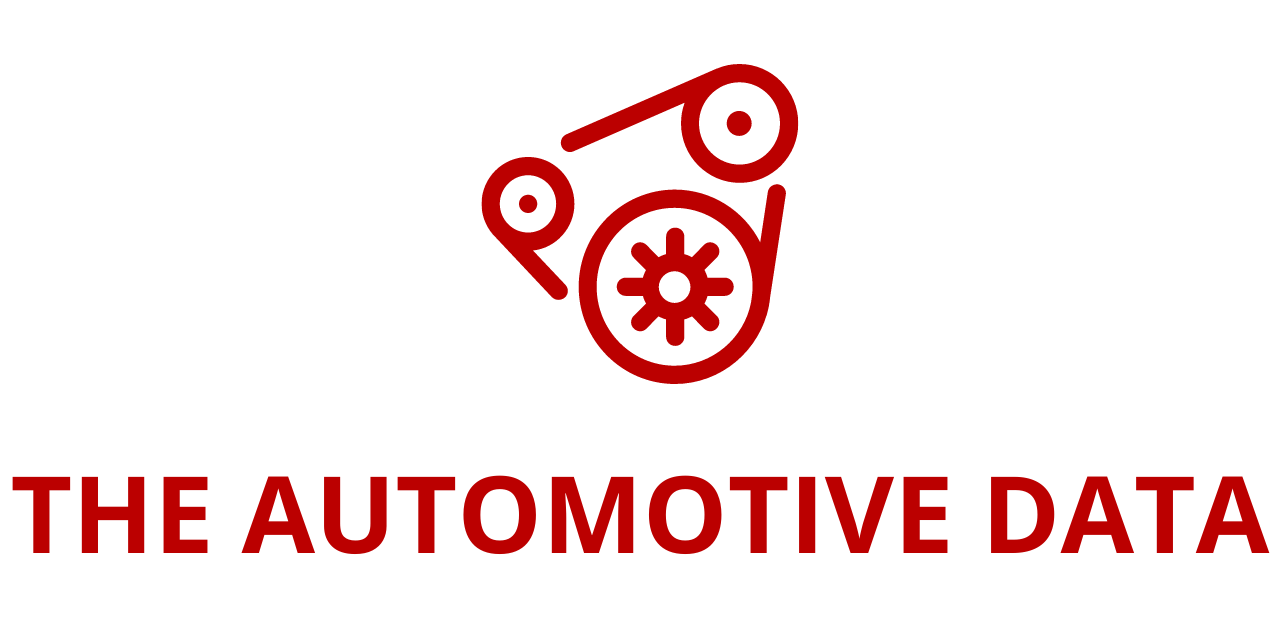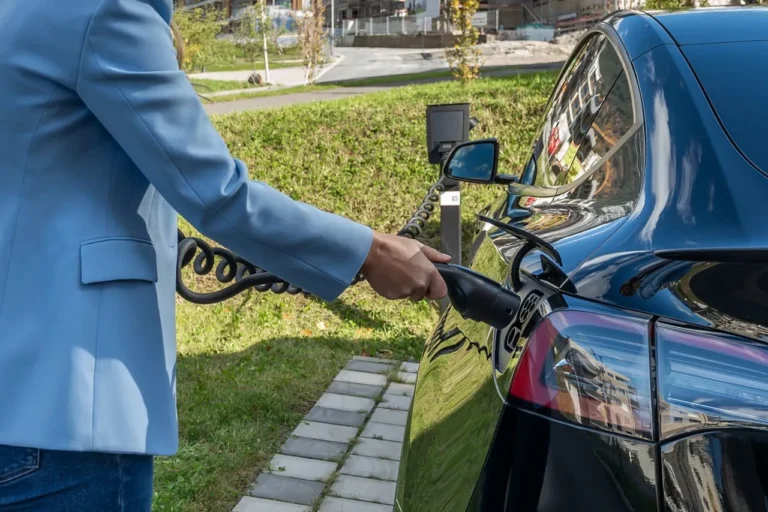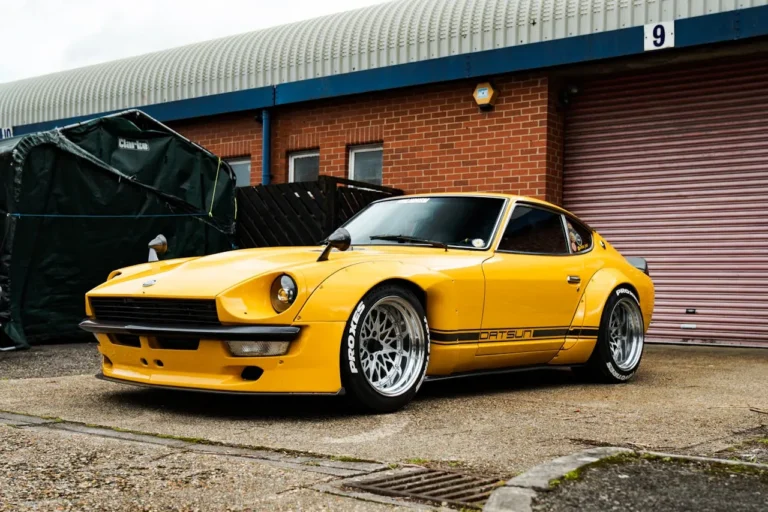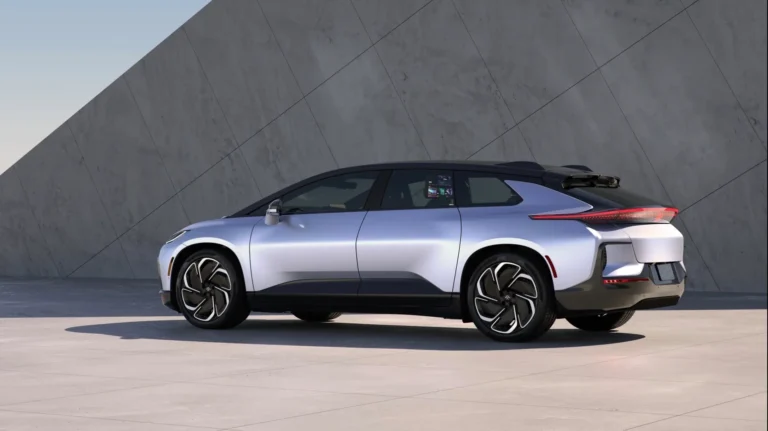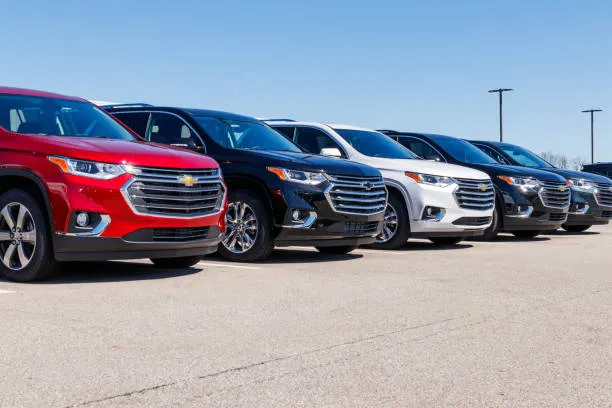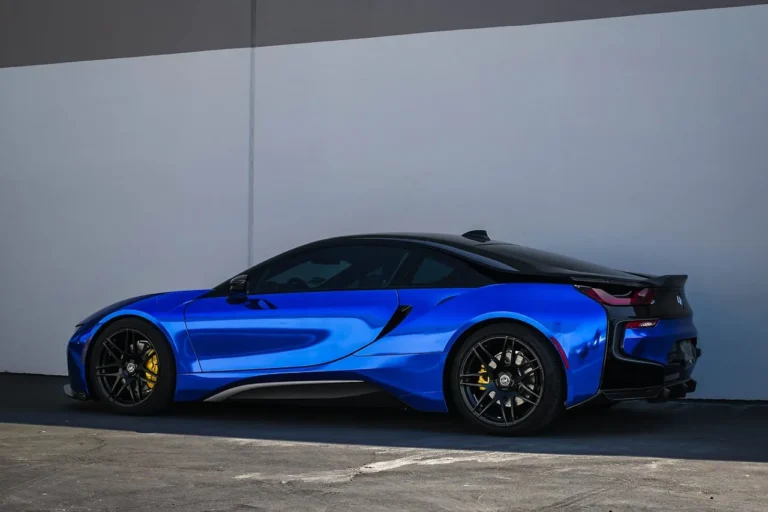
OEMs Reshape Used Car Retail in Europe and North America: Key Strategies and Market Trends in 2025
Europe and North America OEMs’ Used Car Retail Strategies 2025,” offering a detailed analysis of how original equipment manufacturers (OEMs) in these two key regions are redefining their roles in the used car market. Traditionally dominated by independent dealerships and franchised retailers, the used car space is seeing disruption as automakers begin to explore direct-to-consumer strategies and digital sales platforms to extend their brand control beyond new vehicle sales.
Shifting Landscape Post-Pandemic
The COVID-19 pandemic caused widespread disruptions across the automotive value chain, most notably a shortage of new vehicles due to production delays and supply chain constraints. This shortage, in turn, led to soaring prices for used vehicles, making them a more attractive option for consumers. As the market recalibrates in 2025, OEMs are taking a renewed interest in used car sales—not merely as an afterthought, but as a strategic business line that could strengthen their customer relationships and brand value.
While OEMs in Europe and North America have made strides in direct new car sales, their used car retail channels remain limited. Franchise dealerships continue to dominate this space, with OEM-owned used car sales representing only a small portion of the overall market. However, as customer expectations shift toward digital engagement, transparency, and consistency, OEMs are testing new business models that could tip the balance.
Direct-to-Consumer: An Emerging Model
One of the most significant trends highlighted in the report is the emergence of direct-to-consumer used car sales by OEMs. This strategy mirrors what some automakers have already implemented for new car transactions, bypassing traditional dealerships to sell directly to end customers. In such models, franchised dealers—where involved—typically handle vehicle delivery and after-sales services but do not mediate the transaction itself.
OEMs such as Tesla and Polestar have pioneered this approach. Tesla has long sold both new and certified pre-owned (CPO) vehicles through its website and showrooms, maintaining full control over pricing, customer service, and inventory. Polestar has adopted a similar digital-first approach, leveraging online configurators and centralized inventory systems to deliver a streamlined customer experience.
Regional Breakdown: North America and Europe
The report offers an in-depth analysis of OEM used car strategies in both North America and Europe, examining how regulatory landscapes, market maturity, and competitive dynamics shape their approaches.
North America
In the United States and Canada, franchise laws continue to shape the boundaries of OEM involvement in used car sales. These regulations often limit how directly OEMs can engage with consumers, reinforcing the role of franchised dealers. However, some states have begun to loosen restrictions, especially in light of growing consumer interest in digital transactions and electric vehicles (EVs).
The report details how OEMs operating in North America acquire inventory for their used car programs—through lease returns, trade-ins, buybacks, and fleet remarketing. It also evaluates the execution of strategies by Tesla and Polestar, who are leading the shift toward direct used car retail. These companies offer centralized online portals for used vehicle purchases, often including delivery, refurbishment, and warranty options that resemble those of new car sales.
Market sizing analysis shows a significant gap between the volume of used cars sold through OEM-owned channels versus franchised and independent dealerships. However, that gap is narrowing as consumer behavior evolves and digital platforms improve.
Europe
In Europe, OEMs face a different set of challenges and opportunities. While franchise laws tend to be less restrictive than in North America, the region’s complex patchwork of national regulations and tax policies complicates cross-border used car transactions. That said, European consumers are increasingly receptive to buying used vehicles directly from manufacturers, particularly when supported by robust CPO programs and transparent pricing.
Tesla and Polestar again feature prominently in the European market, while Stellantis and Volvo have also begun to build out their own used vehicle retail ecosystems. Volvo, in particular, is leveraging its “Volvo Selekt” CPO program to offer premium used vehicles with factory-backed warranties and service packages, often through digital channels.
Authorized dealerships continue to play an important role in OEM strategies across Europe, acting as fulfillment centers and service hubs rather than traditional sales intermediaries. This hybrid model allows OEMs to retain control over branding and pricing while still leveraging the geographic reach and physical infrastructure of their dealer networks.
Market Forces Shaping the Future
The report identifies several macro and micro-level forces influencing the direction of OEM used car retail:
- Growth Drivers: High demand for affordable vehicles, expanded digital capabilities, rising adoption of EVs, and improved OEM control over vehicle lifecycles are all driving interest in used car strategies.
- Growth Restraints: Franchise regulations, limited digital maturity among traditional automakers, logistical complexities, and price volatility remain key challenges.
- Emerging Trends: Increased integration of online sales platforms, AI-driven pricing tools, digital ID verification, and vehicle history transparency systems are transforming how used cars are bought and sold.
OEMs are also shifting toward multi-brand used vehicle approaches, where they resell both their own and competing brands under a unified retail platform. This strategy helps increase inventory liquidity and meet a broader range of customer needs, particularly in markets with diverse brand preferences.
Competitive Environment and Market Leaders
Key players profiled in the report include:
- Tesla: A global leader in direct sales, including for used EVs, with centralized inventory, transparent pricing, and full-service refurbishment.
- Polestar: Offers a seamless online used vehicle purchasing experience that aligns with its digital-first brand strategy.
- Stellantis: Has begun consolidating its multiple brands under common used car platforms to improve efficiency and consumer access.
- Volvo: A strong player in the premium CPO space with a growing emphasis on online and cross-border sales.
Market share analysis highlights the fragmented nature of the used car market, with OEMs gradually gaining traction against the entrenched positions of independent dealers and large franchise groups.
Growth Opportunities for OEMs
The report outlines three major growth opportunities for OEMs seeking to expand their used car operations:
- Certified Pre-Owned (CPO) Programs: By offering warranty-backed used vehicles with factory inspection and reconditioning, OEMs can increase consumer trust and command higher resale values.
- Online Sales Channels: Investment in digital retail infrastructure enables OEMs to reach tech-savvy buyers and streamline the purchase process from search to delivery.
- Electric Vehicles (EVs): As the EV market matures, a robust secondary market is emerging. OEMs that maintain control over used EV inventory and battery health analytics will gain a strategic edge.
As OEMs across Europe and North America grapple with evolving consumer expectations and technological disruption, used car retail is emerging as a critical frontier. The 2025 landscape offers a mix of regulatory hurdles, market opportunities, and strategic pivots that will determine whether automakers can successfully extend their direct-to-consumer models beyond new vehicle sales.
The Europe and North America OEMs’ Used Car Retail Strategies 2025 report provides a roadmap for navigating this dynamic environment—an essential guide for automotive executives, investors, and policymakers shaping the future of mobility.
